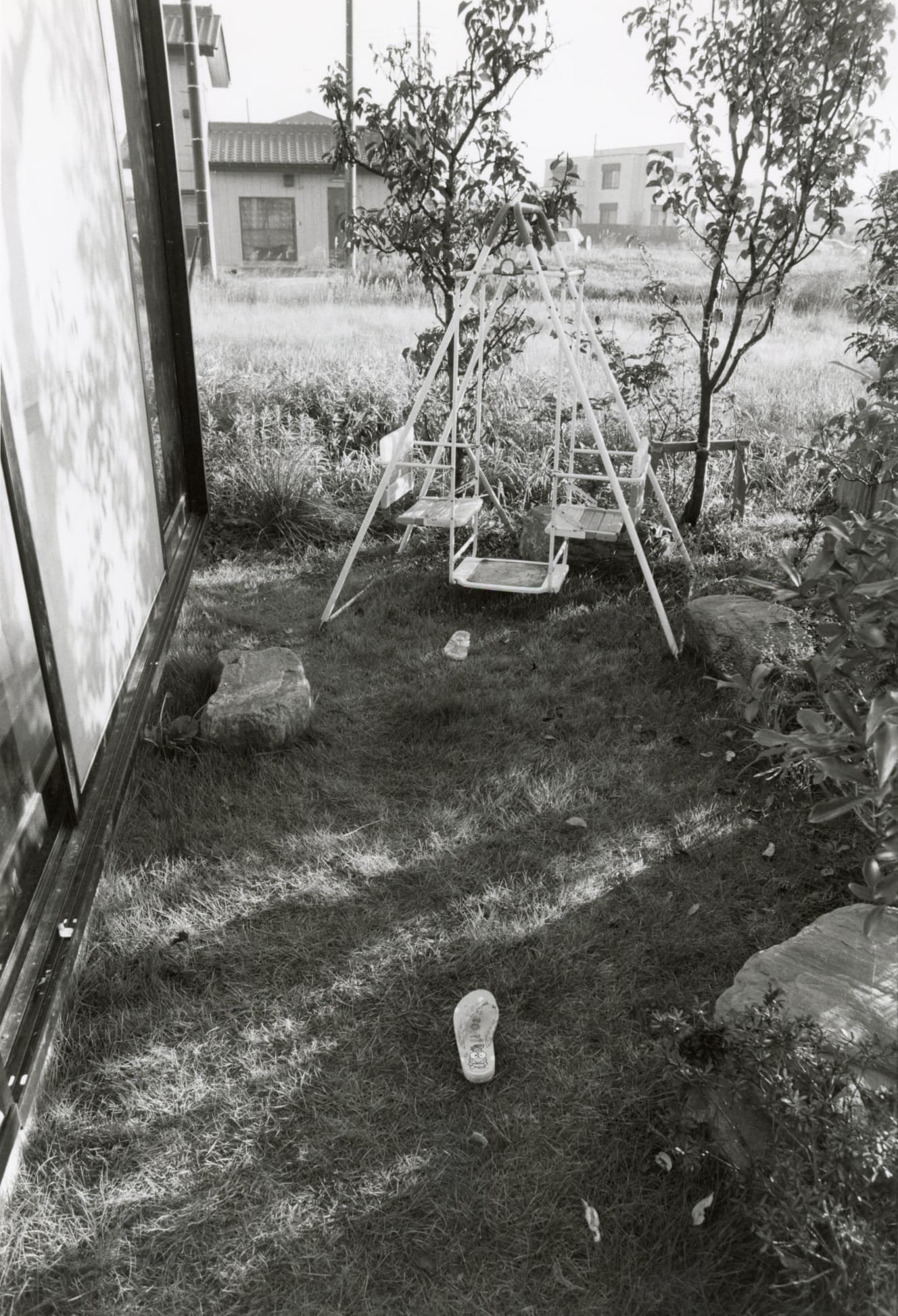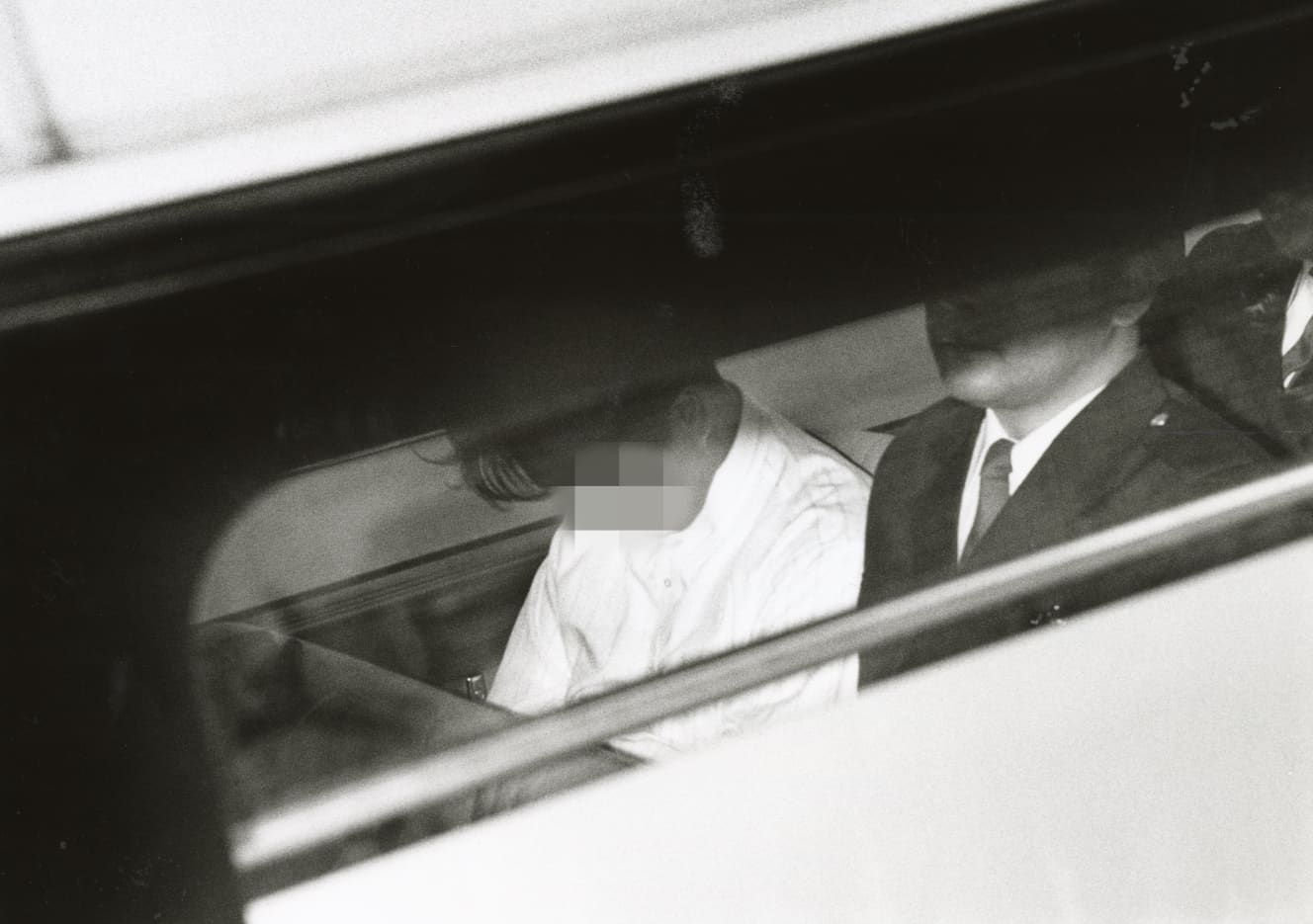Playback ’94] The Tsukuba Wife and Child Murder Case: How a Doctor’s Family Took a “Dark Turn

What did “FRIDAY” report 10, 20, or 30 years ago? In “Playback Friday,” we take a look back at the topics that were hot at the time. This time, we introduce “The Murder of a Doctor’s Wife and Child: Why a Dream Family Collapsed, ” which appeared in the December 2, 1994 issue 30 years ago.
On November 3, 1994, the body of a woman was found stuffed in a plastic bag near a quay in the Port of Yokohama. Later, the bodies of two young children were found one after the other in the same location. Both bodies had marks on their necks indicating that they had been stuffed into plastic bags and strangled, prompting the Kanagawa Prefectural Police to launch an investigation into the case as a homicide.
The bodies were identified as those of Ms. A (then 31) and her children, B (then 2) and C (then 1), who had been reported missing to Tsukuba Chuo Police Station in Ibaraki Prefecture. The person who filed the missing persons report was her husband, Mr. X, a doctor working at a general hospital in the prefecture (descriptions in parentheses are taken from previous articles).
Mr. X was a “doctor who was devoted to his patients.
In November 1991, Ako gave birth to her first daughter, Bako. Shortly thereafter, they registered their marriage.
Mr. X was born in Iwai City, Ibaraki Prefecture. After graduating from the medical school of Tsukuba University, he worked as a resident physician at a local hospital from April 1993. 《”He was very dedicated to his work and stayed up all night to help patients. He had a good reputation for his work, as the director of the hospital where Mr. X worked said, “I have great trust in him.
After their marriage, they moved to a house in Tsukuba City, and in 1993, their first son, C, was born. However, it did not take long for a dark cloud to begin to hover over Mr. X and Ms. A’s seemingly happy married life.
Ako, who for some reason was having trouble with money
Ako once told an acquaintance that she wanted to marry a doctor. At first glance, her married life seemed wealthy and happy, as she left home once a week at 6:30 a.m. to send baby B to an infant school in Jiyugaoka, Tokyo. At the same time, however, she was also working outside the home, including a part-time job at a medical testing company.
She said, “It seems I came here after seeing a job advertisement in a newspaper flyer. She told us that she was a doctor’s wife, but that she was in need of money.
An acquaintance of Ms. Ako’s told us the following.
“Mr. X had a mistress, a nurse who worked at the same hospital. She had discussed the matter with the woman, and although divorce talk had been going on since around September, she said she would not divorce for the sake of the children. Her mother told me that she was working late at night part-time because her husband gave her so little money (for living expenses).”
Because the soles of the feet and other parts of the bodies were clean, the police believed that it was likely that Ako and the others were murdered at home, but as of November 16, 1994, the deadline for this magazine’s article, the murderers were not known. The police had been hearing from her husband, Mr. X, day after day, and Mr. X was calmly responding to the questioning, saying, ‘I hope they catch the murderer soon.
The “dark turn of a celebrity family” became the biggest news story of the year.
On November 25, 1994, the Kanagawa and Ibaraki prefectural police arrested Mr. X on charges of murder and abandoning a corpse, and while questioning him, investigators discovered a small scar on the back of his hand, which he claimed was caused by a bite from his dog.
According to Mr. X’s statement, on October 29 at 5:00 a.m., he and Ms. A, with whom he had been quarreling over his mistress problems, got into an argument, and Ms. A took out a kitchen knife and a rope and said, “You should have killed me first,” or said she would complain about her mistress to the hospital director, which prompted him to commit the crime. The two children also took pity on their father and killed him because they thought he was going to become a murderer. The decisive factor was the fact that the license plate number of the car was shown on the N system of the highway on the day Mr. X dumped the body at the port of Yokohama.
It was also revealed that Mr. X had been having affairs with a number of women, and that his family’s finances were on fire due to the loans on the investment condominiums he had purchased in Osaka, Kyushu, and other locations. Mr. X had also booked a trip to Hokkaido with his mistress the day after he dumped the body.
In February 1996, the Yokohama District Court sentenced Mr. X to life imprisonment, while the prosecution sought the death penalty. Both the prosecutors and Mr. X appealed the verdict, but the appeal was dismissed and the sentence became final in February 1997.
This case attracted a great deal of public attention because of the brutal murder of a seemingly happy doctor’s wife and her two young children. Commercial broadcasters, in particular, devoted long hours to the case on their daily wide-ranging programs. Among the news stories that occurred in 1994, the amount of airtime devoted to the case ranked first, surpassing the “China Airlines plane accident in flames” (April) and the “Beat Takeshi’s motorcycle accident” (August). Because many of these reports delved into the past private life of the victim, Ms. A., the human rights and privacy of the victims were pointed out.


PHOTO: Hiroyuki Ozawa (1st and 2nd photos), Hirokazu Kikuchi (3rd photo)